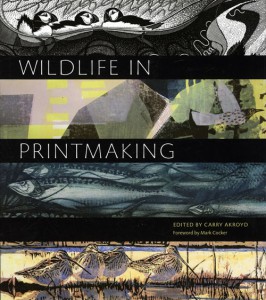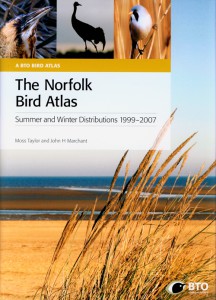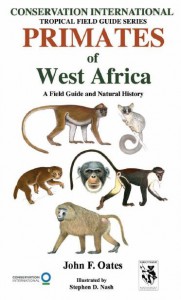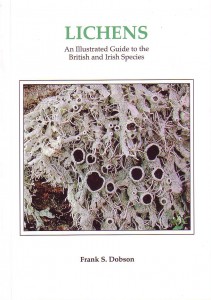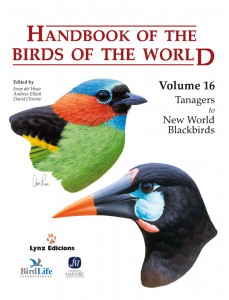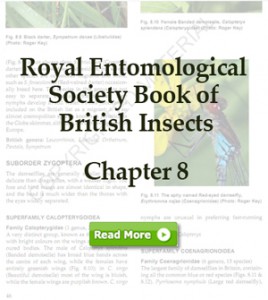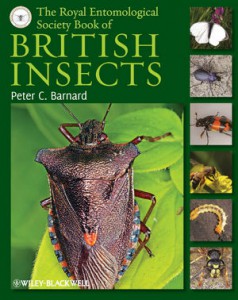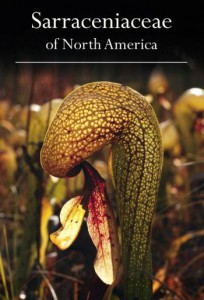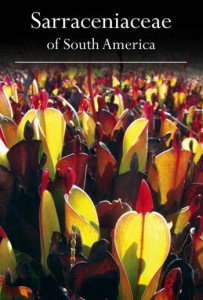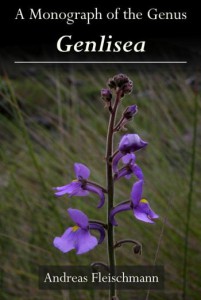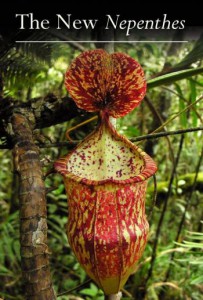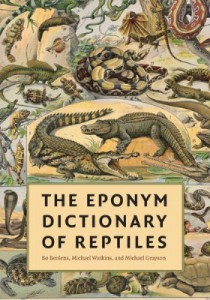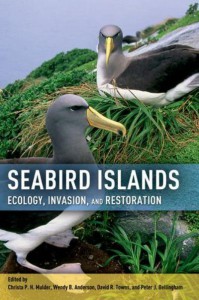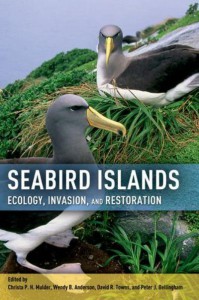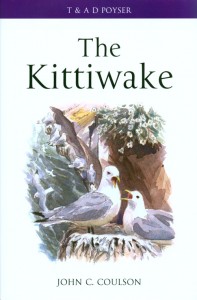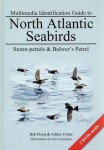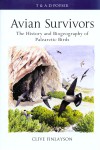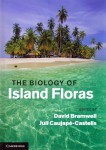Continuing our selection of the very best titles available through NHBS:
Wildlife In Printmaking
Edited by Carry Akroyd
Volume 30 in the Langford Press Wildlife Art Series.
Why?
This characterful volume features the work of 22 artists who are working within this fascinating and versatile medium to represent the natural world. With its variety of style and subject matter, Wildlife In Printmaking amounts to a rich and engrossing compendium of the best of the genre from the last few decades. The direct, yet abstract, quality of the medium of print is conveyed lucidly through the design and presentation of the book, and the artist segments – which balance autobiographical introductions, examples of their work, and accompanying descriptions of the creative process – are interspersed with three subject ‘stories’: Winter, Water and Insects & Flowers.
Familiar names include Robert Gillmor, whose artwork features on the covers of recent volumes in the New Naturalists series, and Andrew Haslen, who we interviewed here on the Hoopoe last year on publication of his book The Winter Hare.
Who?
Carry Akroyd has initiated many projects and exhibitions that have brought together groups of artists, and editing this book has been an extension of that curatorial experience. Carry has been making prints for 40 years, and her book Natures Powers and Spells: Landscape Change, John Clare and Me is also published in the Wildlife Art Series.

